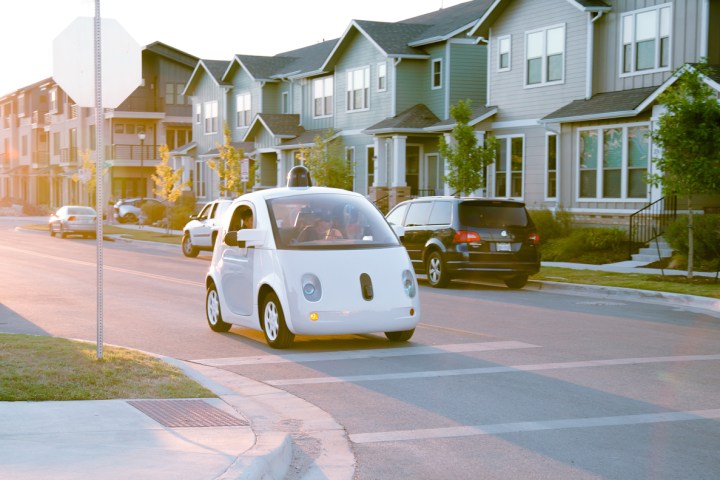
The senior engineer in question, Robert Rose, only joined Elon Musk’s Tesla firm in May. Until October he led the team working on the company’s Autopilot semi-autonomous driving system, guiding it to the launch of v7.0 of the software that began rolling out to Model S vehicles shortly before Rose left, according to 9to5Google, which spotted an update to the engineer’s LinkedIn profile.
So what’s Rose doing at Google? With his LinkedIn listing reading, “software engineer” at “Google Robotics,” you’d be forgiven for thinking he was joining Google-owned Boston Dynamics to work on ATLAS or one of its other ambitious projects, but as 9to5Google points out, individuals employed by BD still show on LinkedIn as working for “Boston Dynamics” rather than Google. What’s more, in job ads Google refers to self-driving car engineers as “robotics software engineers.”
While the Mountain View company has said in the past it has no intention of creating a self-driving car, its project as it stands leans toward the creation of a technology platform that could then be installed in vehicles made by established car makers.
Rose, who was also instrumental in development work for Musk’s other venture, SpaceX, may well have been the target of John Krafcik, who joined Google in September to become the self-driving car project’s very first chief executive.
Nabbing talent seems appears to have become an established part of the self-driving car scene in the last year or so, with experienced executives and engineers jumping between firms in search of the best opportunities.
Besides Rose, former Tesla senior engineer Jamie Carlson, for example, recently left Musk’s company for Apple, which is widely believed to have its own autonomous vehicle ambitions.
Elon Musk recently raised eyebrows when he commented that “if you don’t make it at Tesla, you go work at Apple.” Wonder what he thinks about those that head to Google instead.
Editors' Recommendations
- Tesla Autopilot vs. full self-driving: What’s the difference?
- Beleaguered robotaxi startup Cruise lays off quarter of workforce
- Tesla introduces ‘congestion fee’ for Supercharger stations
- Cruise’s robotaxi service suspended by California regulator
- Toyota joins ‘the Tesla plug’ club


